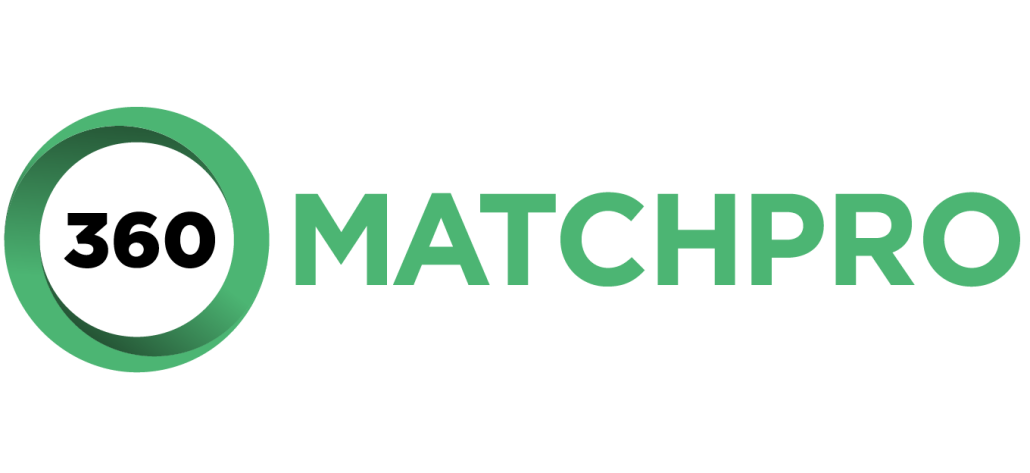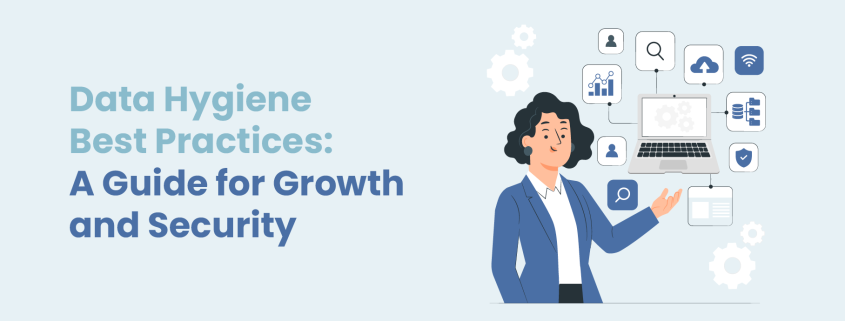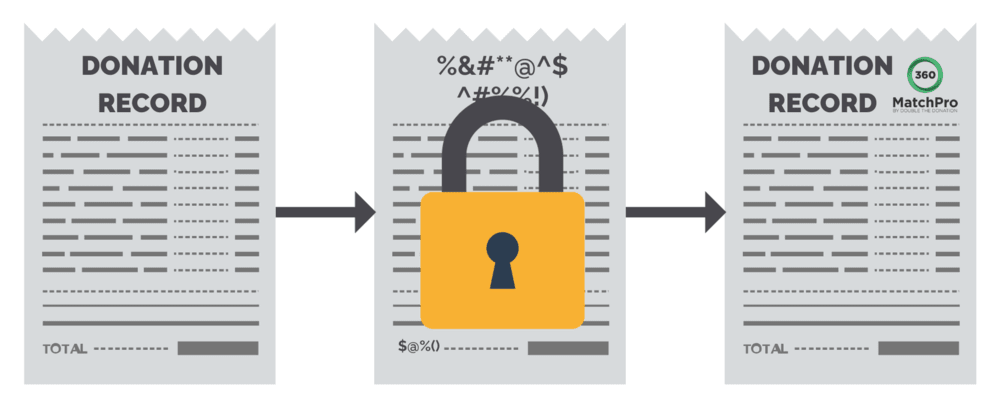Data Hygiene Best Practices: A Guide for Growth and Security
The cleanliness of your data can either propel your organization to new heights or leave you sifting through the digital rubble of missed opportunities.
This guide to data hygiene best practices explores the importance of maintaining clean data and how to do so to improve your organization’s operations. The insights we’ll share will change your data management strategy from reactive to proactive, make your data more actionable, and fuel growth.
Whether you’re working with customer data to inform your product development or donor data to determine match eligibility, you’ll have everything you need to understand proper data management:
- What Is Data Hygiene?
- Why Is It Important to Follow Data Hygiene Best Practices?
- Data Hygiene Best Practices to Keep Data Clean
- How Nonprofit Data Hygiene Impacts Matching Gifts
Let’s make sure your organization is prepared for new opportunities by following data hygiene best practices.
What Is Data Hygiene?
Data hygiene refers to the systematic process of maintaining the cleanliness and accuracy of databases by correcting issues and redundancies. This might include customer, employee, financial, operational, sales, or marketing data. Clean data refers to data that is accurate, consistent, and free from errors or discrepancies, making it suitable for analysis or processing. The process of cleaning data ensures that information remains error-free and up-to-date.
Conversely, “dirty data” includes any data that is outdated, incomplete, duplicated, or incorrect, which can significantly impair decision-making, marketing, customer satisfaction, and resource utilization.
When your data’s clean, everything runs smoothly, but even a little bit of “dirty” data can cause big problems. For example, outdated postal addresses can cause you to waste a ton of money on direct mailers to customers or donors.
Following data hygiene best practices typically involves a series of targeted activities such as data cleaning, deduplication, and normalization. These activities are designed to cleanse errors, eliminate inconsistencies, and update outdated information, thereby enhancing the overall quality and reliability of the data.
Why Is It Important to Follow Data Hygiene Best Practices?
By implementing a robust data hygiene plan, organizations can ensure their databases are accurate and useful. After all, data “decays” (becomes outdated or incorrect) at an average rate of 25%-30% per year.
Many benefits of data hygiene are consistent across different types of organizations. For example, clean data enables more successful outreach by reducing costs spent on reaching out using outdated contact information.
Let’s explore the benefits across two different sectors. These benefits highlight the huge impact that effective hygiene practices can have for any organization at any level of sophistication.
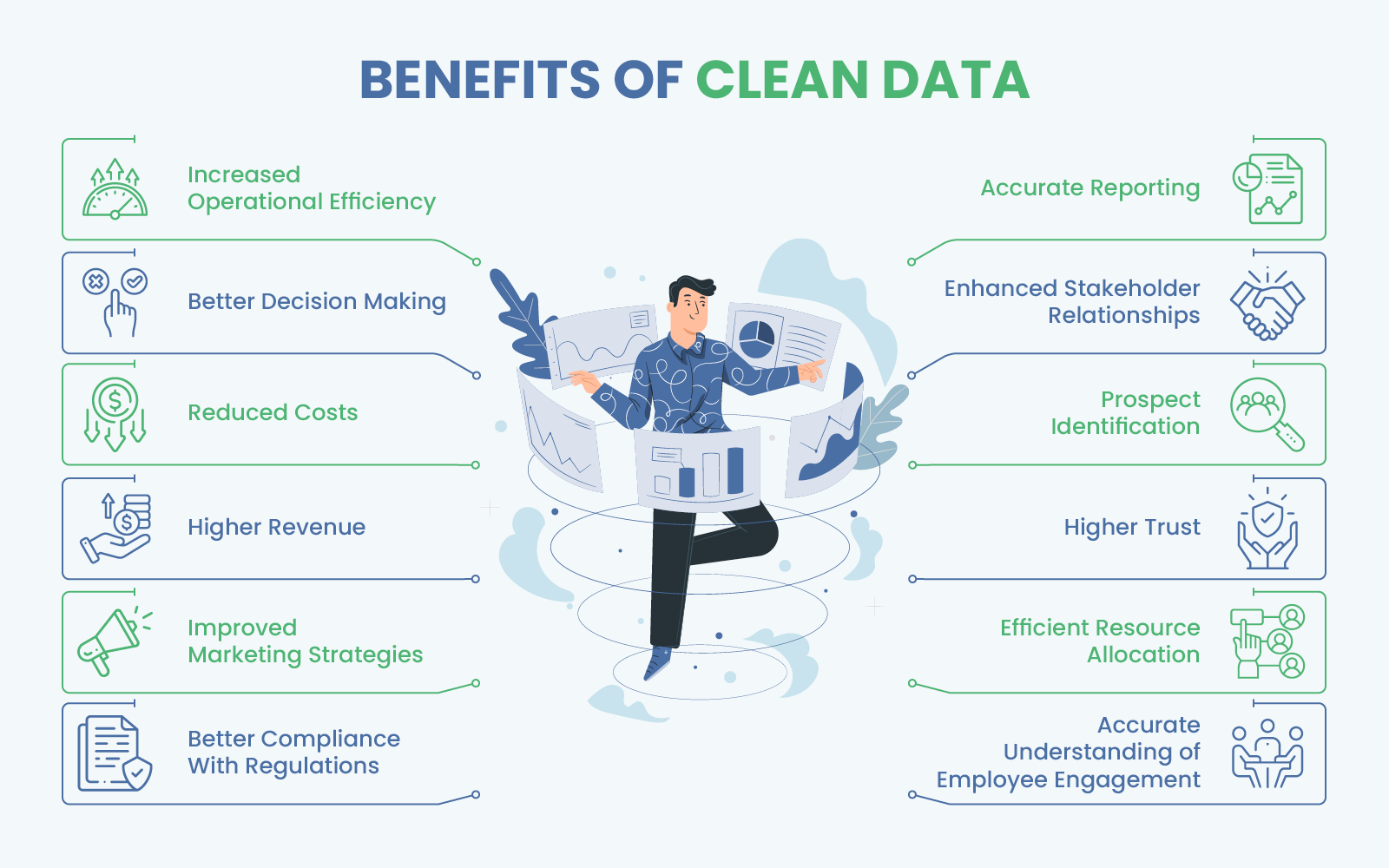
Benefits for Companies
- Increased Operational Efficiency: Cleaner data allows for smoother operations, quicker access to accurate information, and less time spent correcting data-related issues.
- Enhanced Decision Making: High-quality data supports better business decisions by providing accurate insights. For example, product development is more effective when you understand customers’ wants and needs.
- Cost Reduction: By following data hygiene best practices, companies won’t waste time or money by sending outreach based on outdated contact information. What’s more, accurate data prevents losses from misguided decisions based on faulty data. A study by Gartner estimates that poor data quality costs organizations an average of $12.9 million per year in losses.
- Improved Marketing Strategies: Reliable data enables more personalized marketing, higher conversion rates, and better customer targeting.
- Better Compliance with Regulations: Clean data ensures compliance with privacy regulations like the National Do Not Call Registry and the Payment Card Industry Data Security Standard (PCI DSS), reducing the risk of legal issues and fines.
- Enhanced Customer Relationships: Reliable data leads to better customer interactions by ensuring all communications are based on accurate, updated, and relevant information. Even better, over half of consumers (56%) say they’re more likely to make a repeat purchase after a personalized experience, which is only possible with clean and informative data.
- Monitor Employee Engagement: Reliable data regarding employees’ performance, participation in CSR activities, and involvement in employee engagement programs will help you spot people who are underperforming or at risk of quitting. After all, companies with engaged employees reduce absenteeism by 41%, boost profitability by 23%, and reduce turnover by at least 18%.
Benefits for Nonprofits
- Enhanced Targeting and Segmentation: Clean data enables targeted communication with donors, volunteers, and beneficiaries. Getting Attention’s donor engagement strategies include segmenting supporters by giving level, geographic location, interests, and preferences to tailor outreach and cultivate stronger relationships. You just need accurate data to work with!
- Improved Fundraising Efforts: Collecting accurate information through prospect research helps identify potential donors. Maintaining that data’s hygiene over time also helps tailor fundraising strategies, potentially increasing donation rates. For instance, accurate employer data enables nonprofits to communicate the availability of matching gifts to eligible donors.
- Efficient Resource Allocation: By following data hygiene best practices, nonprofits can understand stakeholders’ needs. Organizations can use real-time insights on program performance, participation, and impact to budget more effectively and drive impact.
- Trust and Credibility: Maintaining accurate records shows stakeholders that the nonprofit values transparency and accountability, which can enhance trust. For example, you’ll need to remove deceased donors from mailing lists to avoid wasting money and damaging relationships with those individuals’ families.
- Compliance and Reporting: Accurate data is crucial for complying with regulatory requirements and for accurate reporting to stakeholders.
- Employee Engagement: Data hygiene helps maintain accurate employee records, improving the management of training, performance reviews, and development needs. Accurate data also ensures fair and timely compensation, boosting employee satisfaction.
Data Hygiene Best Practices to Keep Data Clean
Whether you’re looking to strengthen services or donor relationships, here are several data hygiene best practices any organization can follow.
Audit Your Current Database.
Before anything else, look at the current state of your data. Are there duplicate entries? Do profiles have missing information, such as postal addresses, email addresses, or telephone numbers? Pay attention to information that becomes outdated easily. For instance, USPS processes 50,227 address changes daily, so contacts’ home addresses likely change frequently.
It’s important to consider all types of data in your audit, including customer, financial, and employee data. From here, select a representative data sample from various categories rather than auditing all information. This helps identify common issues that might affect larger datasets.
Decide What Data to Collect.
The last thing you want to do is overload your CRM and other databases with useless information. That makes data hygiene nearly impossible. For nonprofits, here are some key pieces of data to collect:
- Marketing Data: Consider the different marketing channels you use. For your website, monitor data like page views, bounce rates, and session durations. For email marketing, pay attention to open, click-through, conversion, and unsubscribe rates. For social media, track likes, shares, comments, follower count, and impressions. For nonprofits that invest in paid advertising, monitor clicks, cost per click, and conversions.
- Financial Data: Nonprofits should monitor a range of financial data to manage resources effectively and comply with regulations. Track income sources, like donations, grants, membership fees, and revenue from sold goods, and clearly designate funds as restricted or unrestricted. Maintain detailed records of operational costs, program expenses, and employee salaries.
- Supporter Data: Collect contact information such as full names, postal addresses, phone numbers, and email addresses. Store engagement data, such as past donations, giving frequencies, and events they’ve attended. Be sure to also collect supporters’ employer information, so you can research corporate giving opportunities. Here’s an example of how a donor profile might look with helpful data:
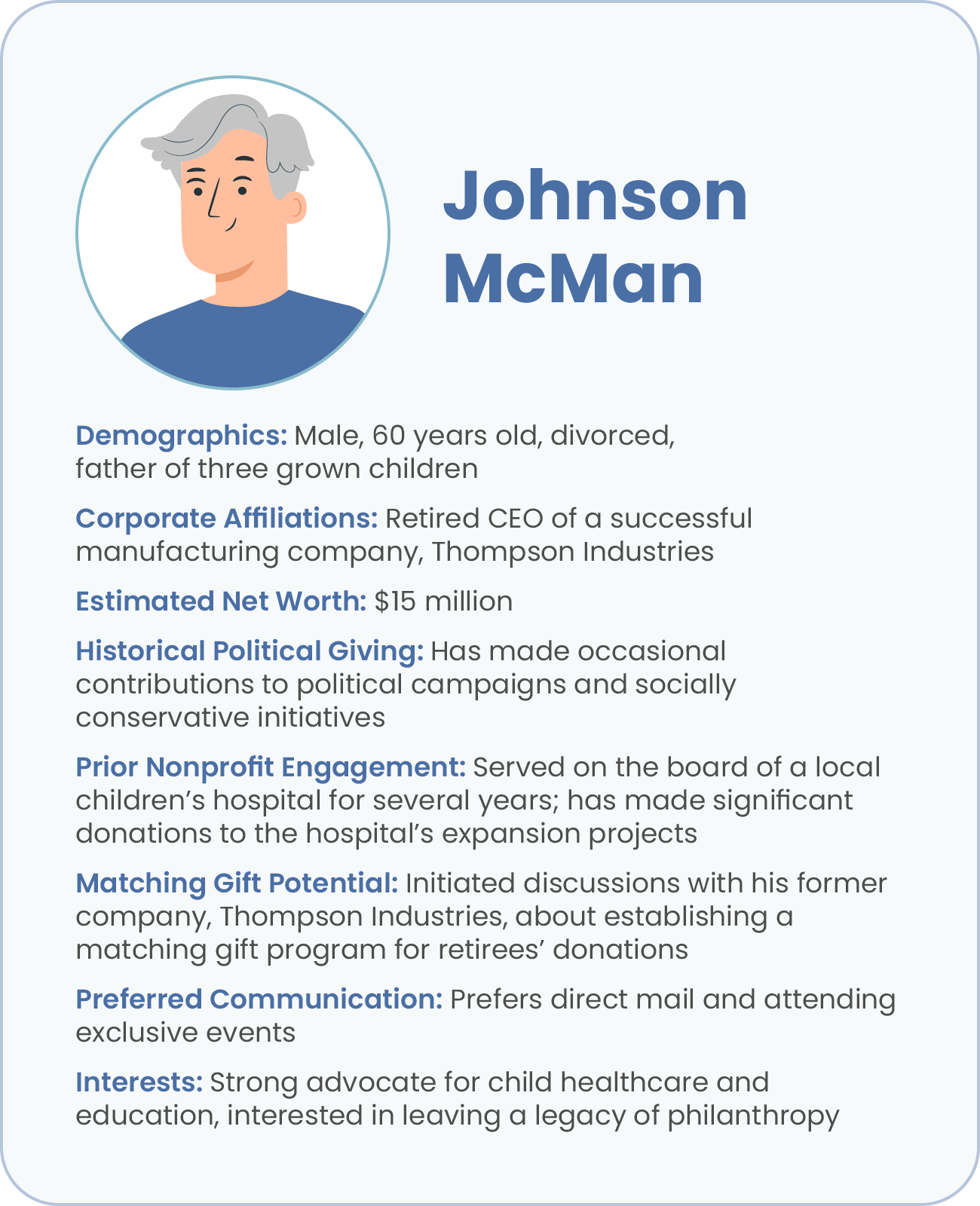
Collecting these data types will enable your organization to make informed decisions, personalize marketing efforts, and increase impact – all while keeping your databases clean.
Choose Software That Integrates.
Instead of having several disparate systems to manage information, use integrated systems. This reduces data entry errors and ensures consistent data across different platforms.
For instance, our matching gift automation software integrates with 100+ top nonprofit platforms, including fundraising tools, CRMs, data enhancement tools, and workplace giving platforms. This reduces the chances of data discrepancies that can occur with manual data entry, ensuring that donor information and matching gift opportunities are accurate and up-to-date across all systems.
Create Uniform Data Standards.
Create uniform data standards that specify the format for entering data like phone numbers, email addresses, postal addresses, and titles. For example:
- Require phone numbers to be entered with parentheses around the area code, rather than dashes.
- For addresses, decide on a uniform approach to abbreviating common words like “Road” to “Rd.”
- Define whether a standard 5-digit ZIP code or a ZIP+4 format should be used.
Be sure to create documentation and train your team to ensure they adopt this data hygiene best practice. As your nonprofit grows, your data will become more complex. Uniform data standards will make it easier to scale operations without compromising your data hygiene!
Correct and Validate Data Regularly.
Data appending is the process of adding missing information to existing records or updating old or incomplete data with accurate, current information from external data sources. These services help you cleanse your data and successfully deliver communications. Here are common types of data appends, specifically for nonprofits:

- Address Appends: An address append fills in missing or outdated postal addresses, helping your nonprofit successfully deliver fundraising appeals, newsletters, event invitations, and thank-you letters.
- Employer Appends: Use an employer append to learn supporters’ current employers, so you can uncover corporate giving opportunities. While not a direct wealth indicator, you can also use employment information like job titles to estimate incomes to better target solicitations.
- Email Appends: Email marketing generates approximately 28% of all online giving, and email appends can ensure your fundraising solicitations, project updates, and other key messages are delivered to current email addresses.
- Phone Number Appends: Whether you’re reaching out to say thanks to a donor or to encourage people to give via text-to-give, phone appends ensure you have the right phone numbers for supporters.
- Date of Birth Appends: A date of birth append ensures you have the accurate birthdate for each supporter. Knowing ages and birthdays means you can tailor fundraising strategies to different age groups and reach out to wish supporters a happy birthday.
Regular data validation and correction through data appending is an essential data hygiene best practice. You just need to turn to a service provider with access to a robust database to ensure you’re receive accurate and reliable information.
Practice Proper Data Governance.
Good data governance helps manage your data better by ensuring it’s available, usable, secure, and reliable. This involves a set of rules, processes, and standards that improve how data is used in everyday operations.
Here’s a practical approach to enhancing your data governance:
- Assign Responsibilities. Establish who’s responsible for managing different types of data within your organization. This clarity helps maintain accountability and ensures that data is handled professionally across all departments.
- Implement Robust Data Policies. Define strict guidelines for how data should be accessed, used, and shared within your organization. This includes setting up controlled access to sensitive information such as donor details to protect their privacy.
- Embrace Data Ethics. Reflect on how your data collection and usage impacts your constituents and community. Address issues related to privacy, informed consent, and transparency, and avoid practices that could lead to discrimination or harm.
- Use Secure Technology. Invest in software that supports data encryption and secure data management practices, including carefully selected AI platforms. While AI can offer advanced capabilities, it also poses potential security risks, such as vulnerabilities to new types of cyberattacks. Nonprofits should ensure that any AI technology or other software they use incorporates robust security measures, such as end-to-end encryption, secure algorithms, and regular security audits. For instance, our matching gift solution maintains data privacy by implementing encryption, firewalls, and vulnerability assessments to safeguard all donor data flowing into and out of the platform.
By focusing on these aspects, your organization can build a strong data governance strategy that complies with legal standards and upholds the stakeholders’ trust.
How Nonprofit Data Hygiene Impacts Matching Gifts
Matching gifts are a corporate giving program in which companies will match their employees’ charitable contributions. That means your nonprofit can double some contributions so long as it has accurate employer information for donors! That’s where good data hygiene comes into play.
Here’s how following data hygiene best practices can significantly impact your organization’s ability to find and secure matching gifts:
- Accurate Donor Details: Proper data hygiene ensures that employment details are up-to-date. Services like Double the Donation rely on accurate employer information to identify matching gift opportunities. Without accurate data, matching gift opportunities can be missed, reducing potential funds.
- Effective Communication: Clean data, particularly contact information and preferences, allows for successful donor communications. Your nonprofit can successfully deliver follow-up messages to inform eligible donors about matching gift opportunities. Our software even automates these communications and delivers timely, relevant information about matching gifts.
- Streamlined Matching Processes: Proper nonprofit data hygiene ensures that the data used to match records across your organization’s platforms is precise. 360MatchPro integrates with donation forms and CRM systems, automating the matching gift process. This automation relies heavily on accurate data, ensuring that donors are promptly notified and can easily submit their requests.
- Compliance and Accurate Reporting: Maintaining clean data is essential for complying with financial and privacy regulations. Accurate data helps ensure that reports generated for internal stakeholders and regulatory bodies are correct. This accuracy is critical when reporting on matched donations, which can impact financial reporting and compliance.
By focusing on the quality of your data, your nonprofit can leverage matching gift opportunities and boost its fundraising capabilities with a matching gift database.
Following data hygiene best practices is just the beginning of maximizing your corporate giving revenue. Check out this video for a rundown of other matching gift tips:
Final Thoughts on Data Hygiene
Data hygiene is not a one-time initiative. Rather, it’s a continuous process that adapts to new challenges and technologies. Organizations that regularly review and update their data management practices are better positioned to meet constituents’ evolving needs and maximize community impact.
To master proper data management, follow the data hygiene best practices we shared in this guide and continue researching with these educational resources:
- Fundraising Automation for Nonprofits: How to Boost Revenue: Automation tools help ensure that data entry is consistent across all platforms, but it can accomplish much more than that. Learn more about how automation can impact your nonprofit’s operations.
- Donor Data Management: A Quick Guide for Nonprofits: Supporter data is a valuable tool. The advice in this guide will help you collect the right donor data and put it to good use!
